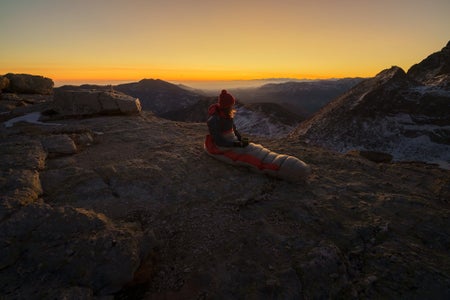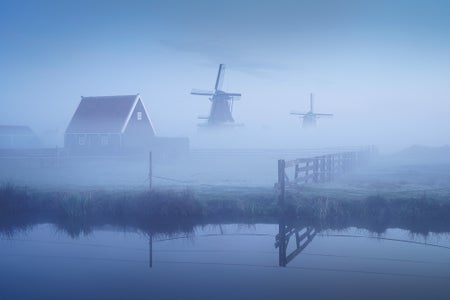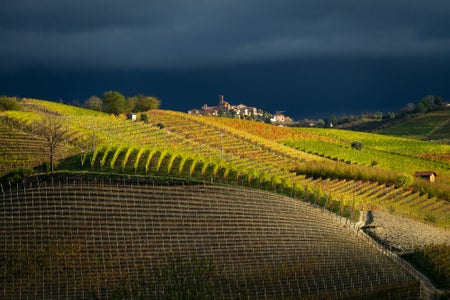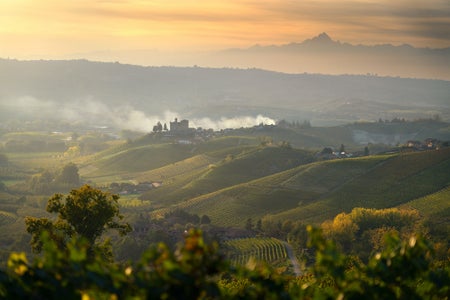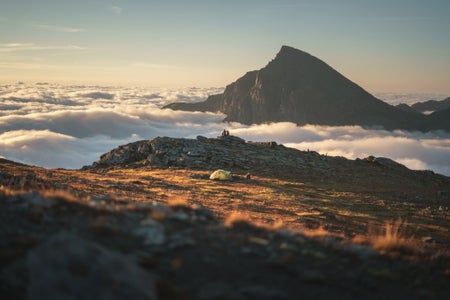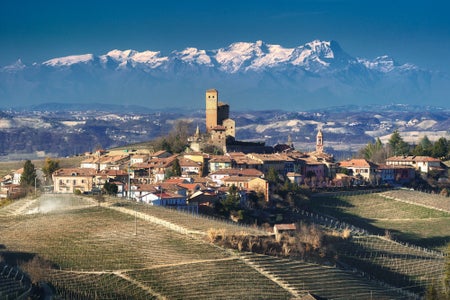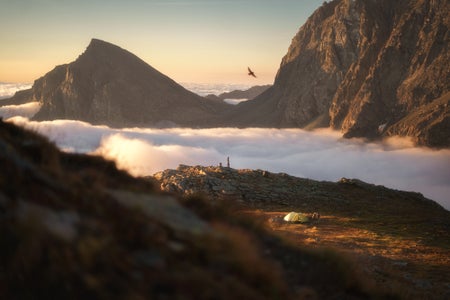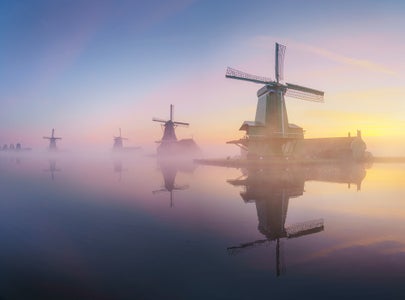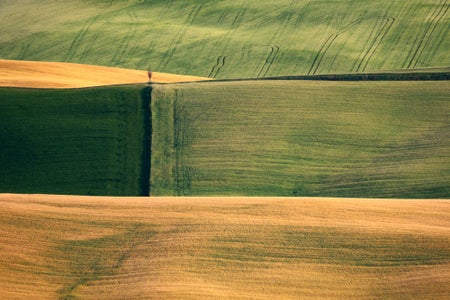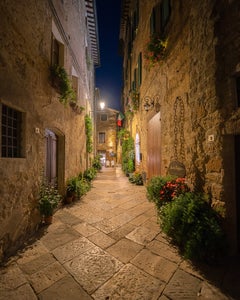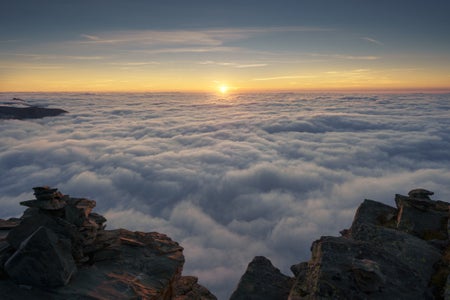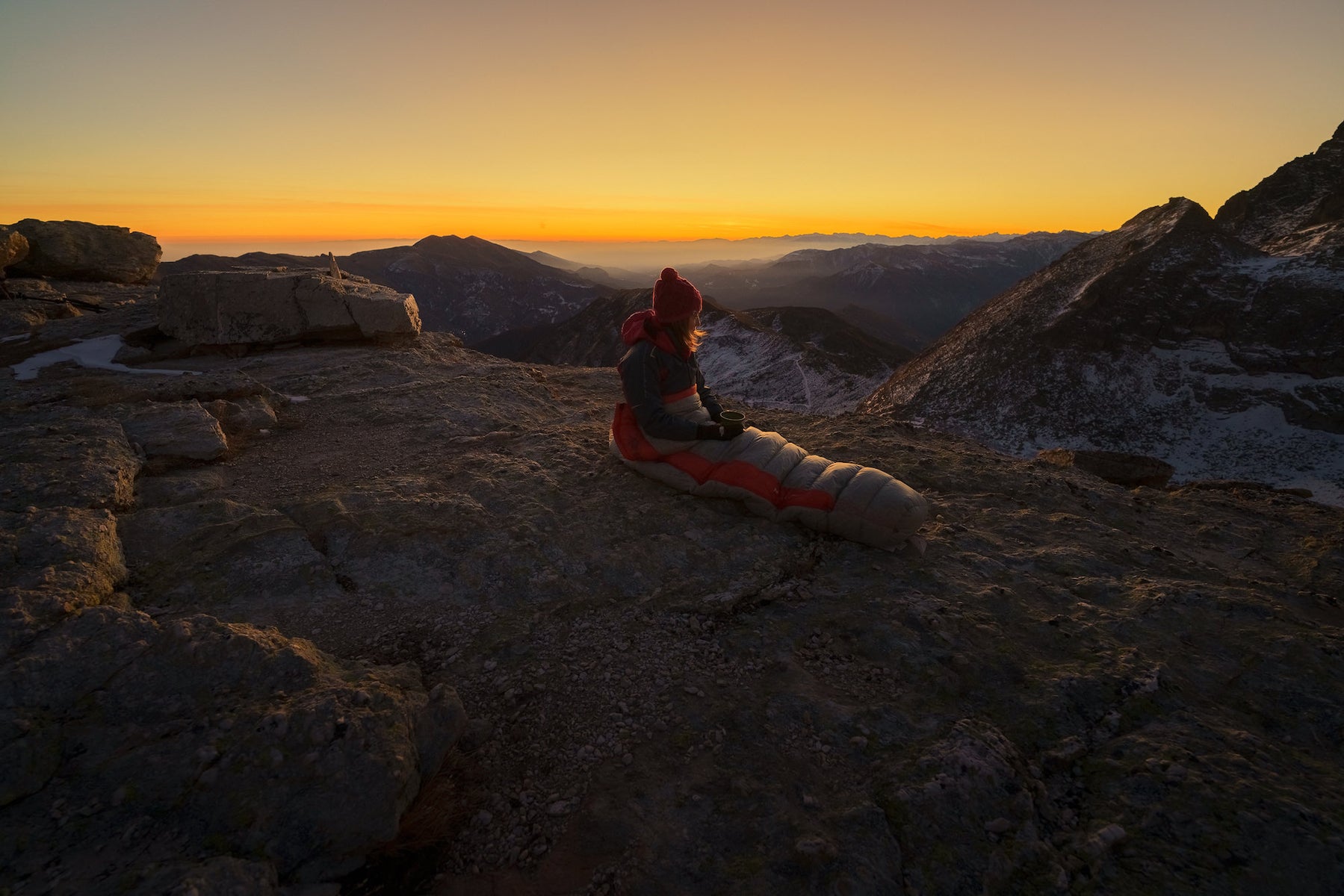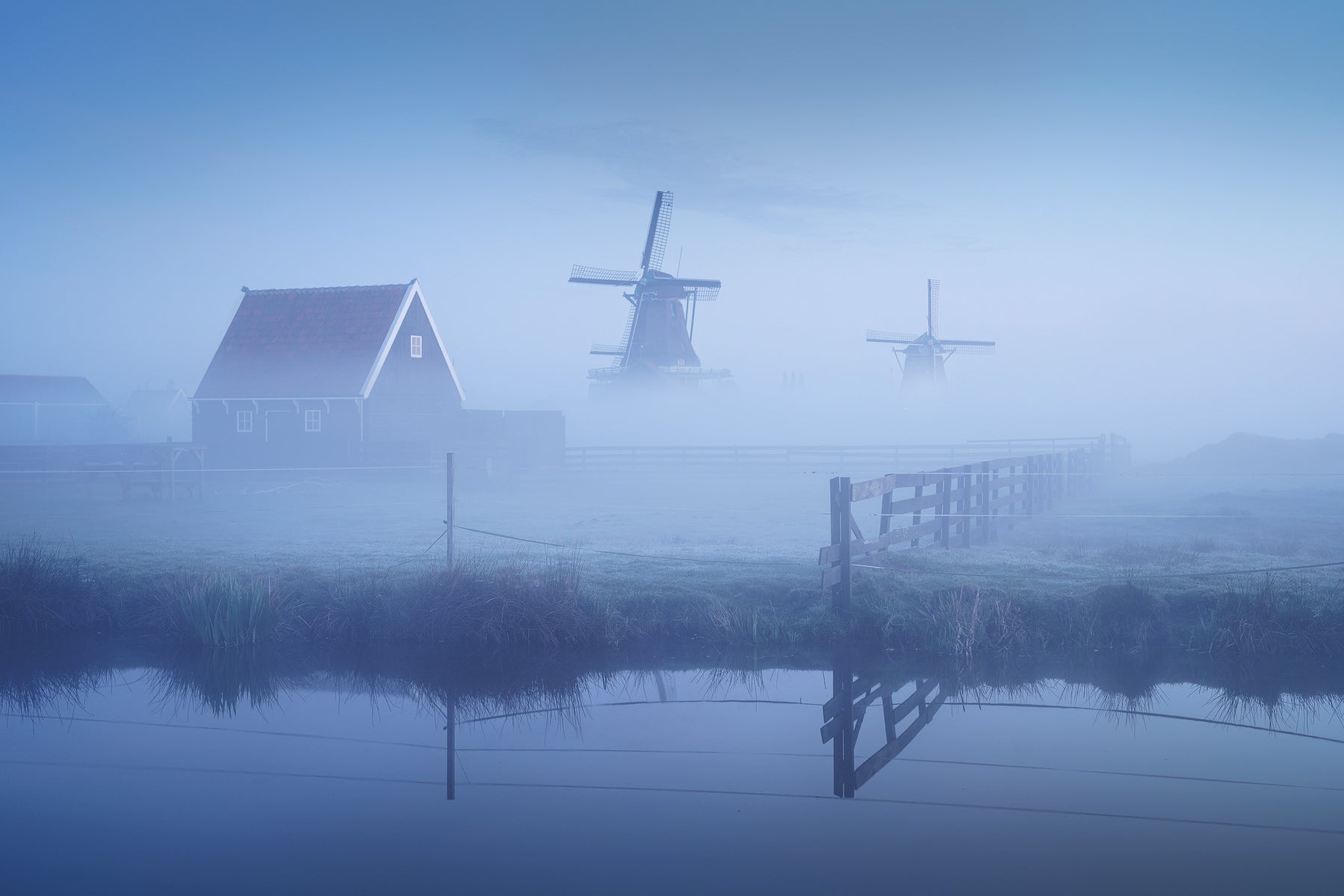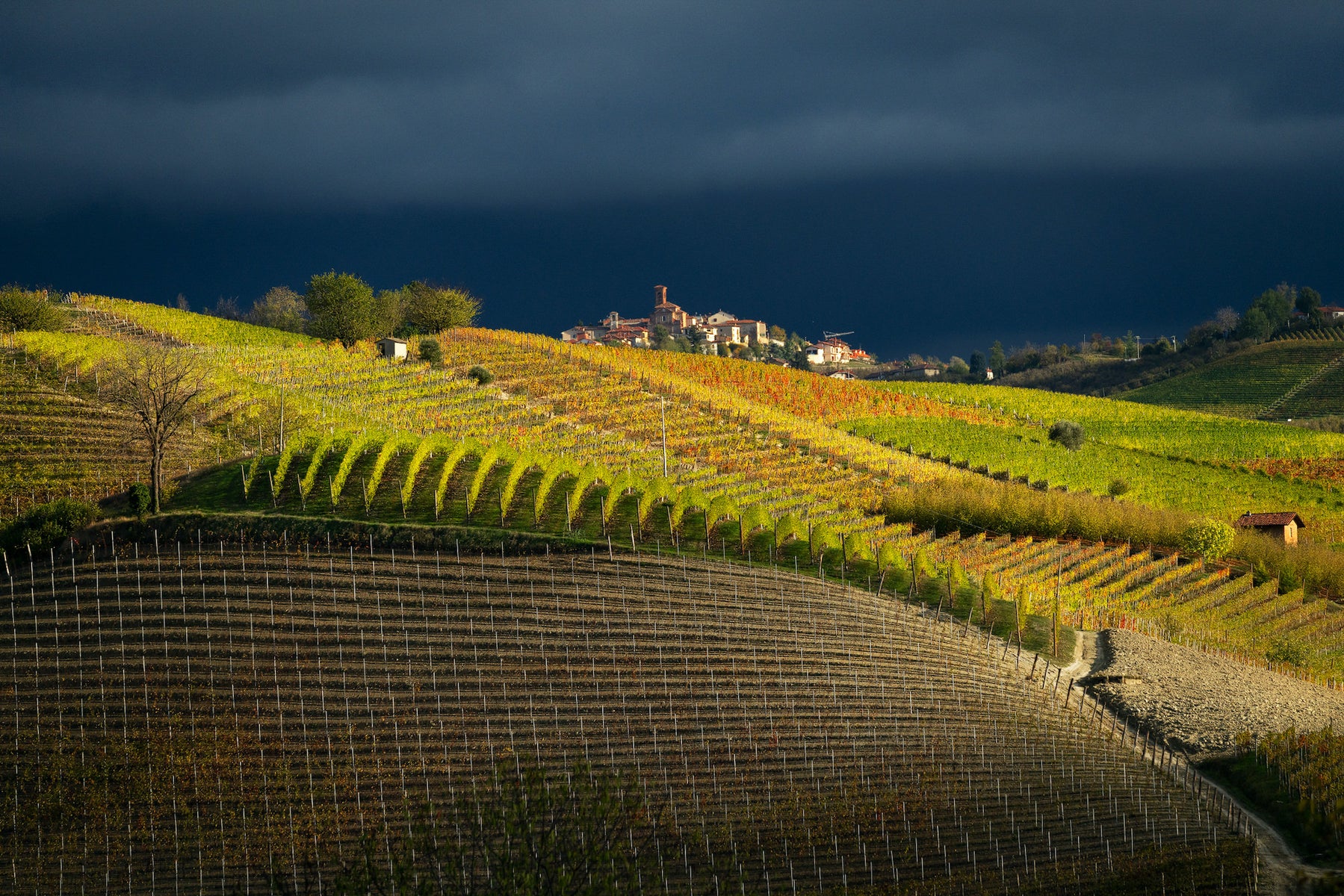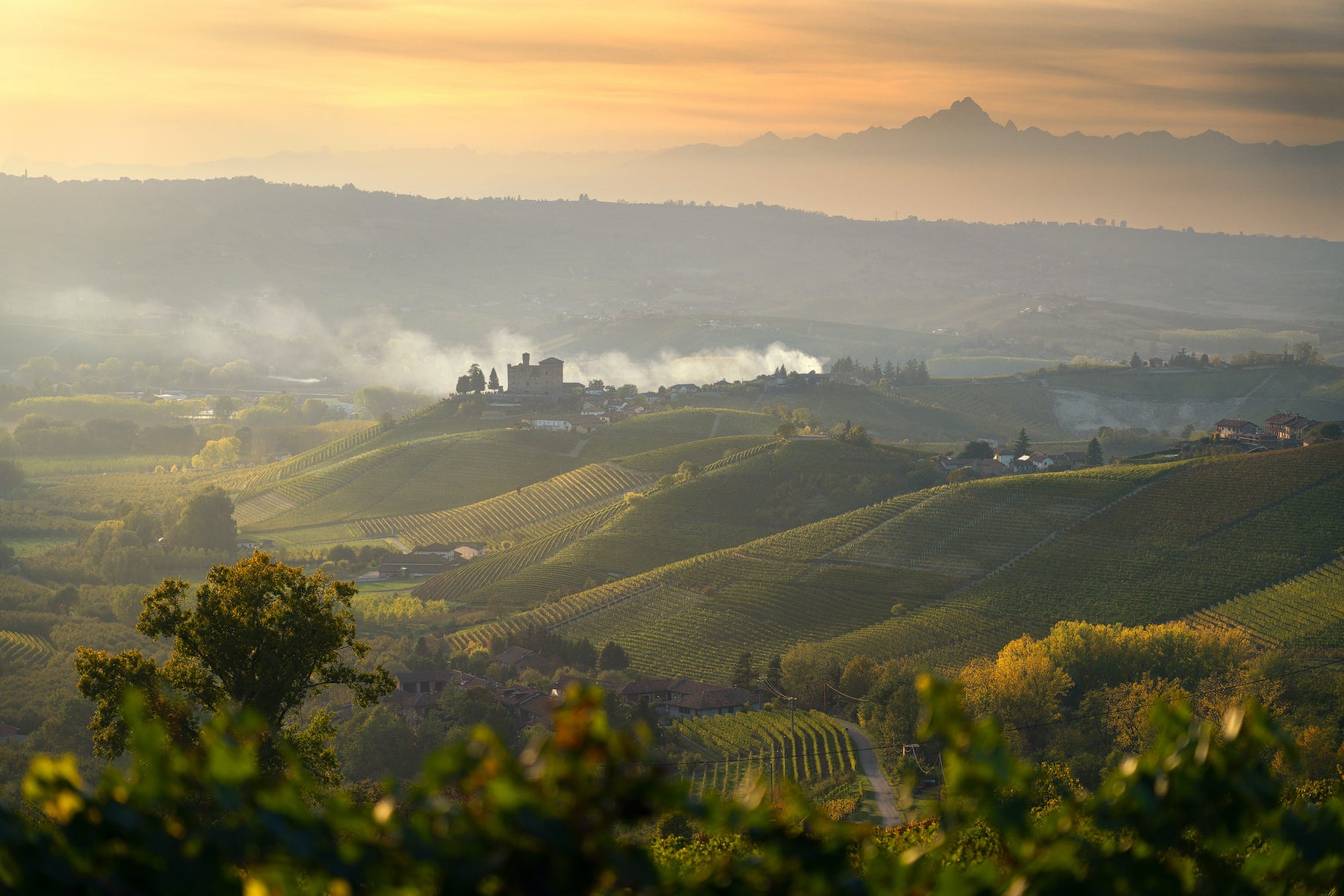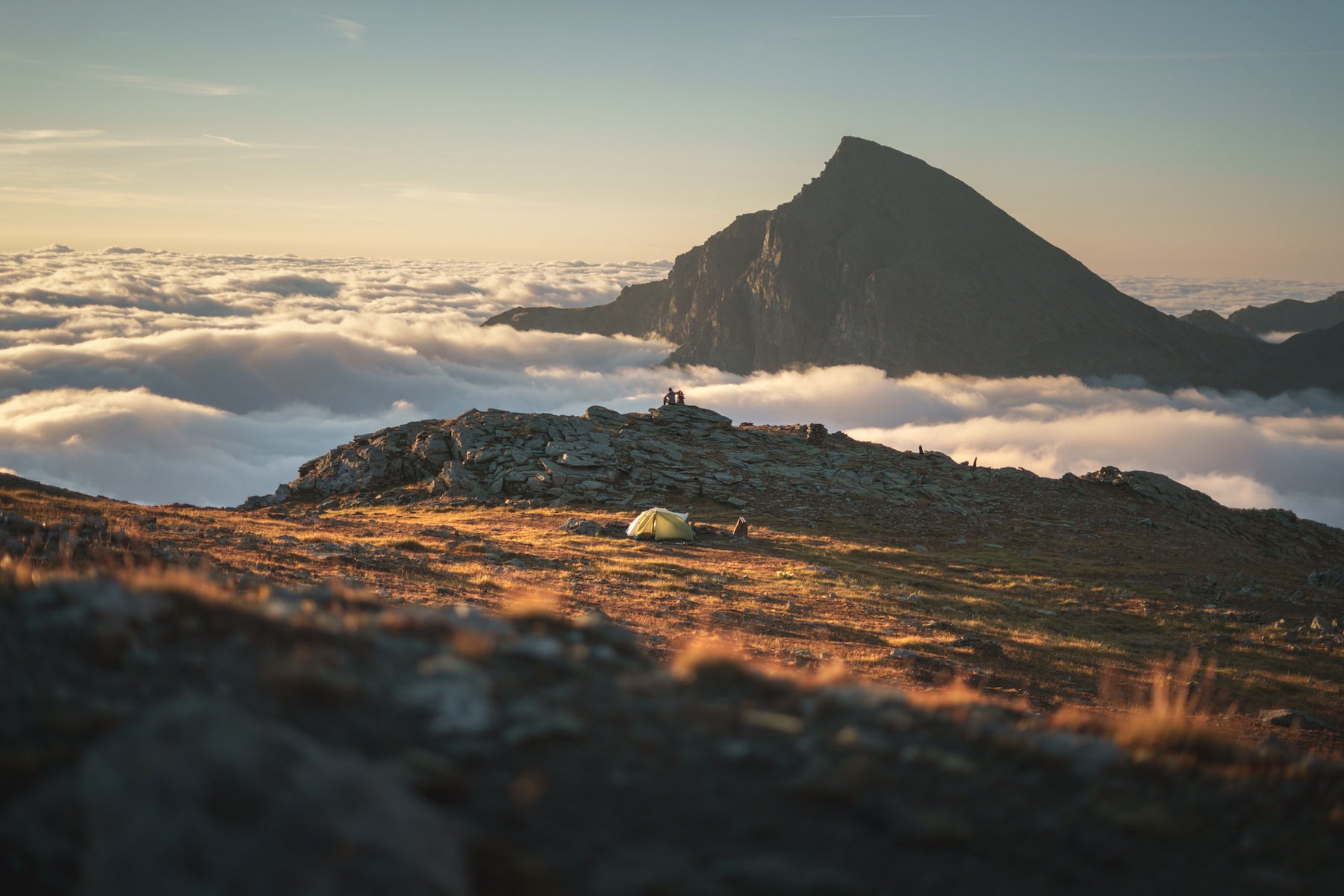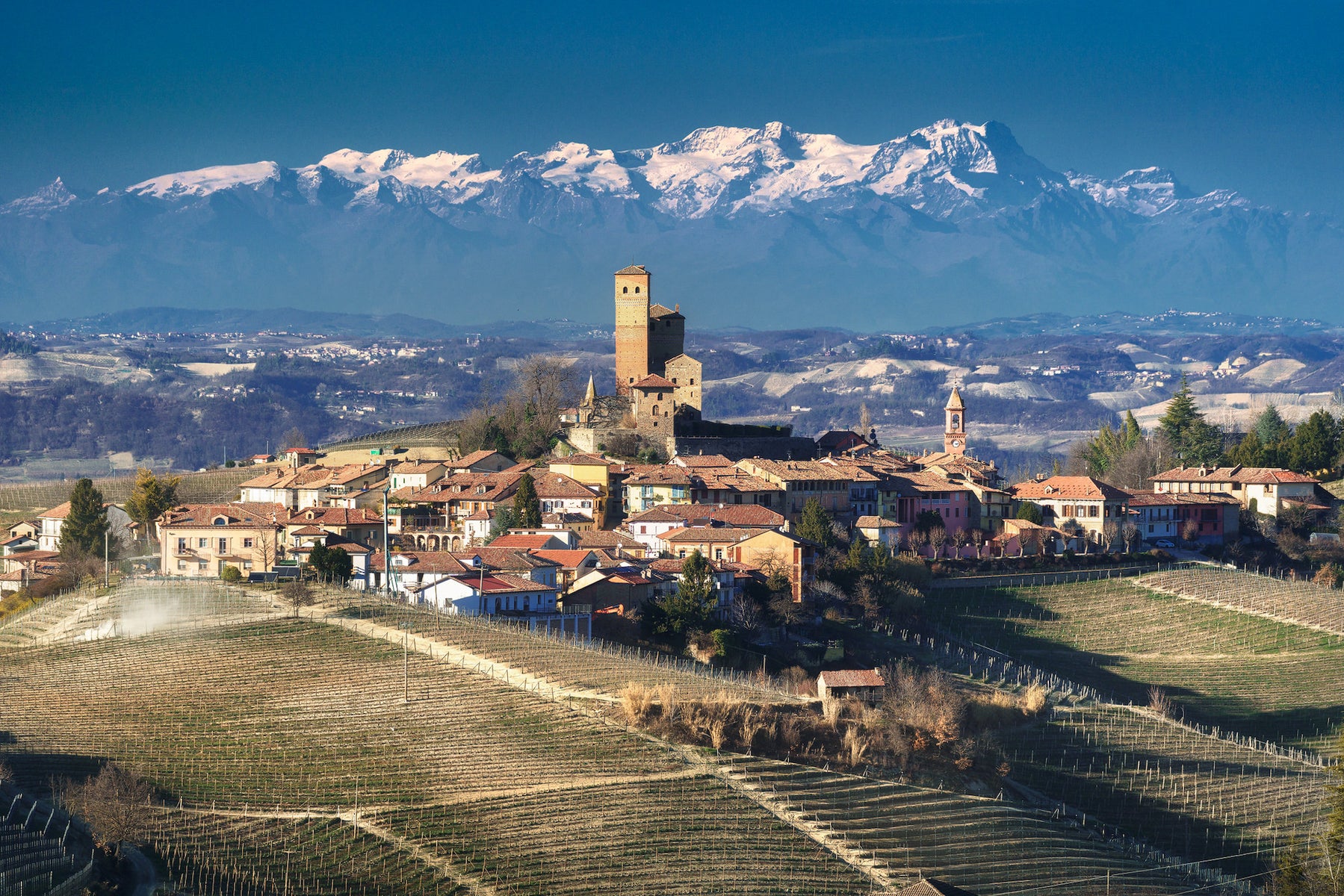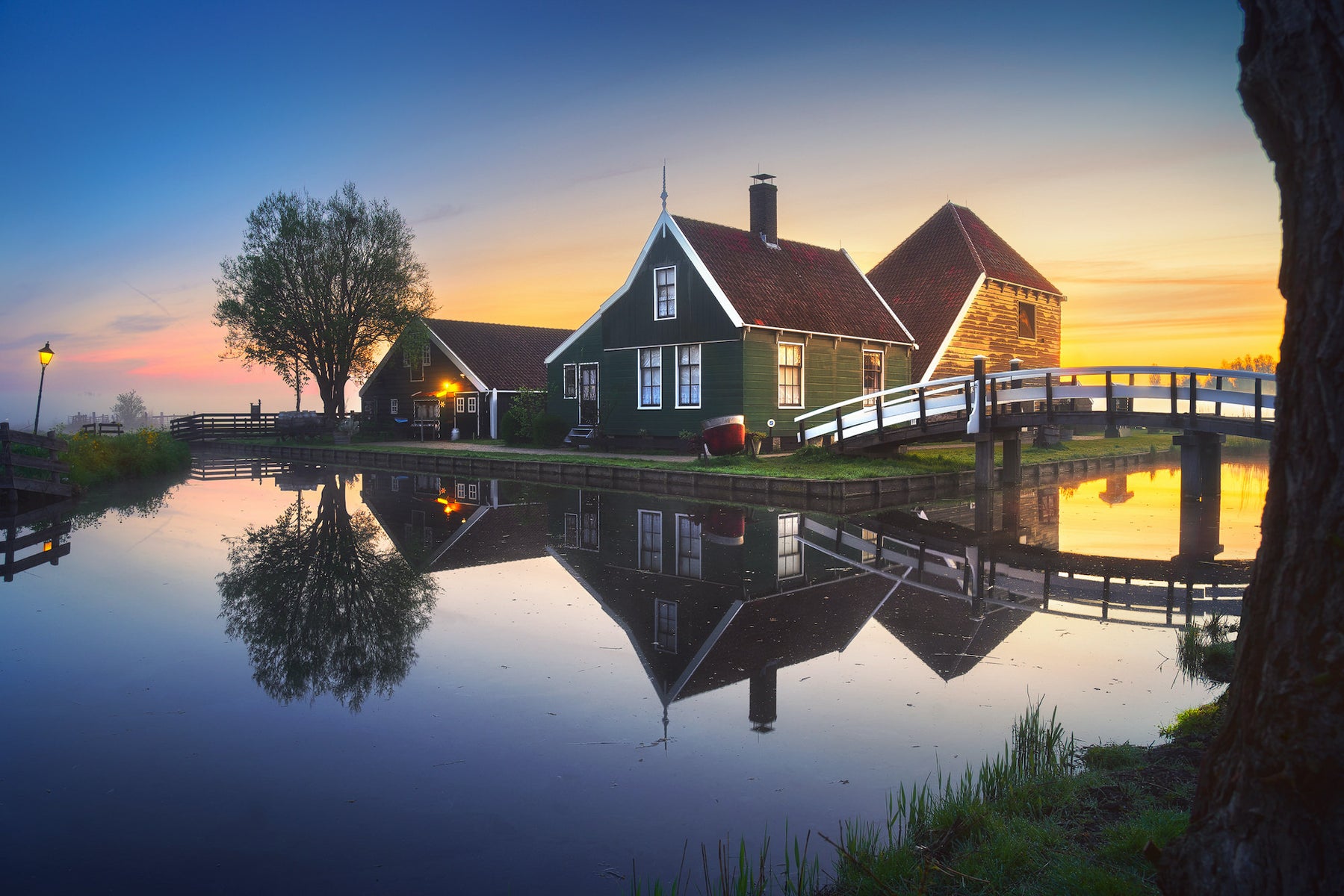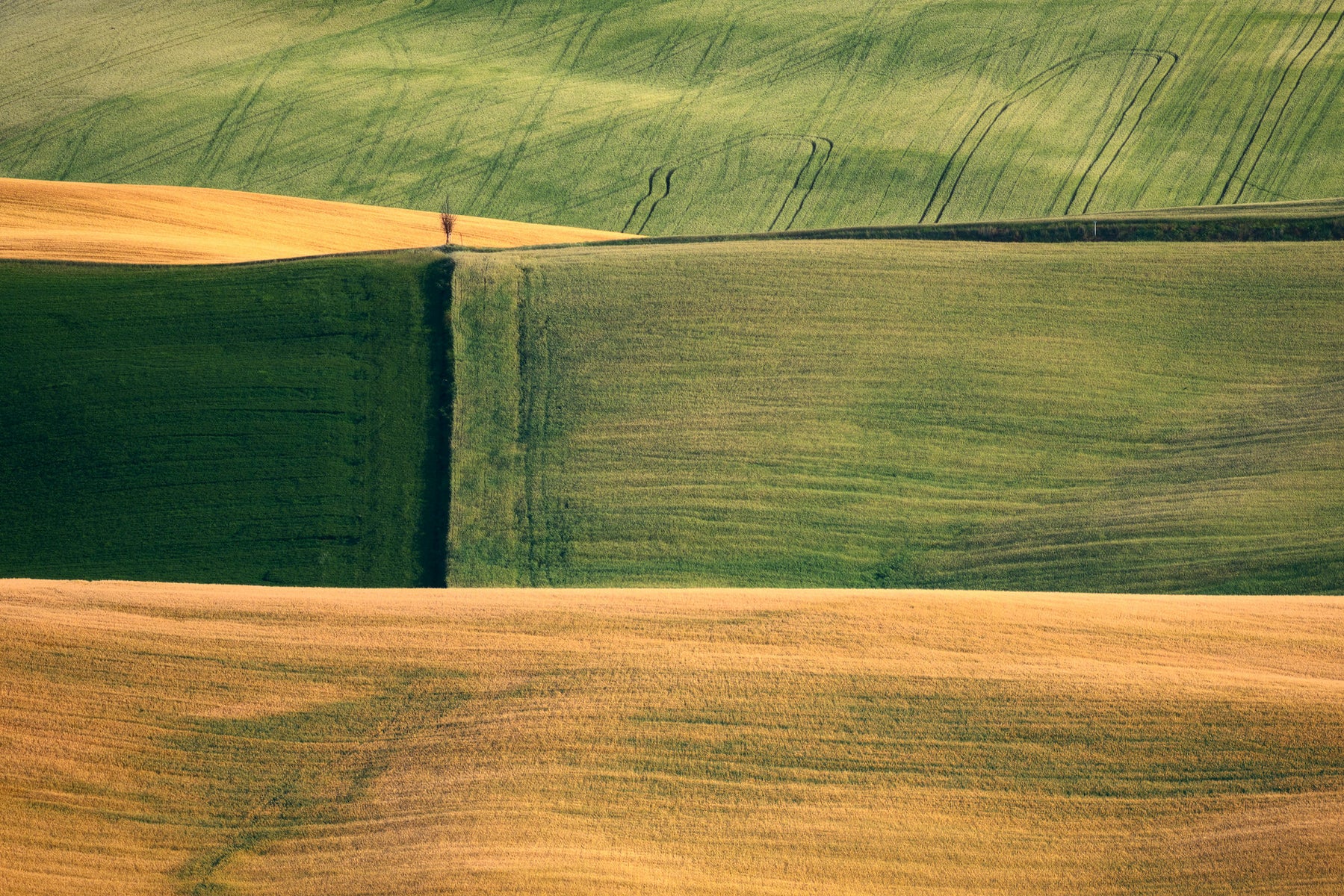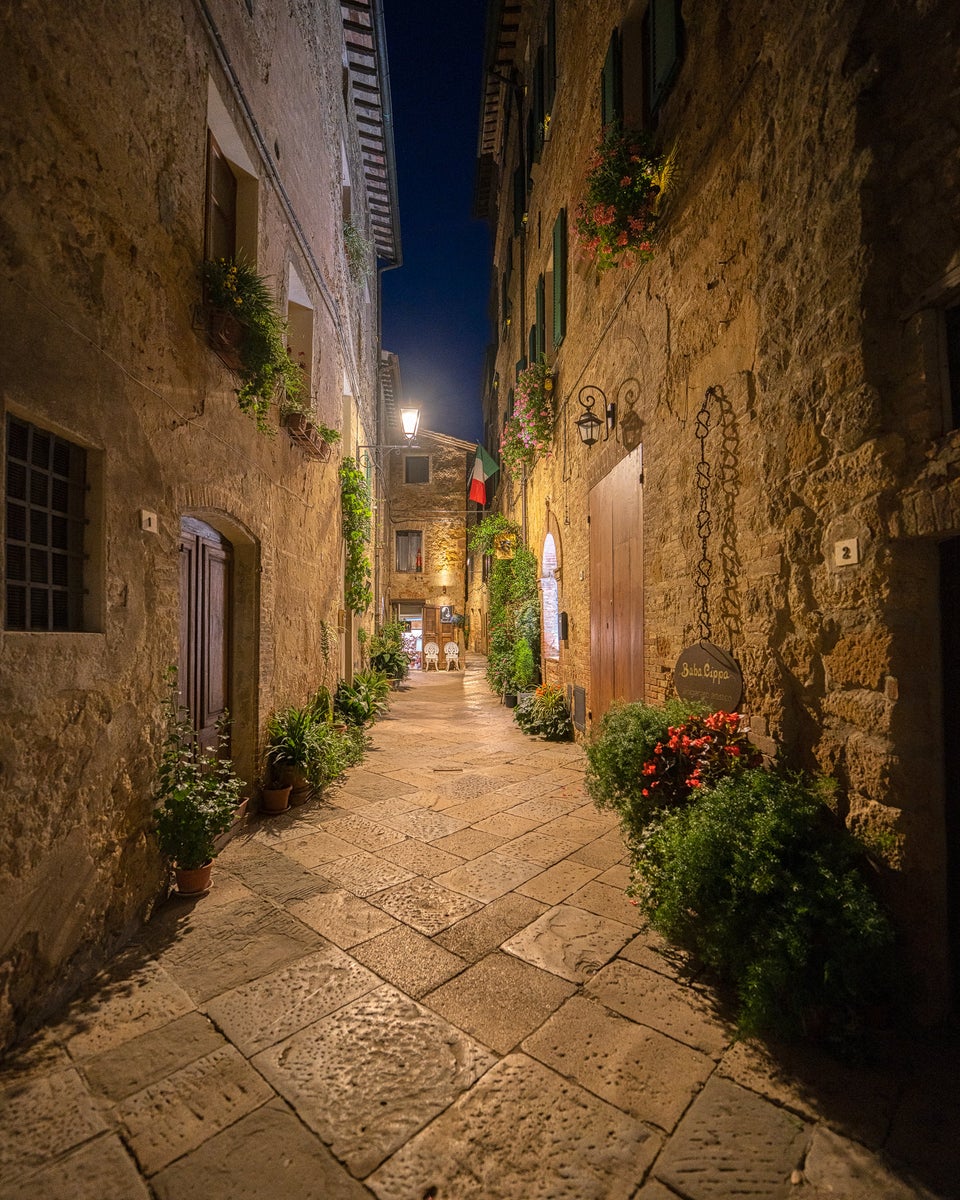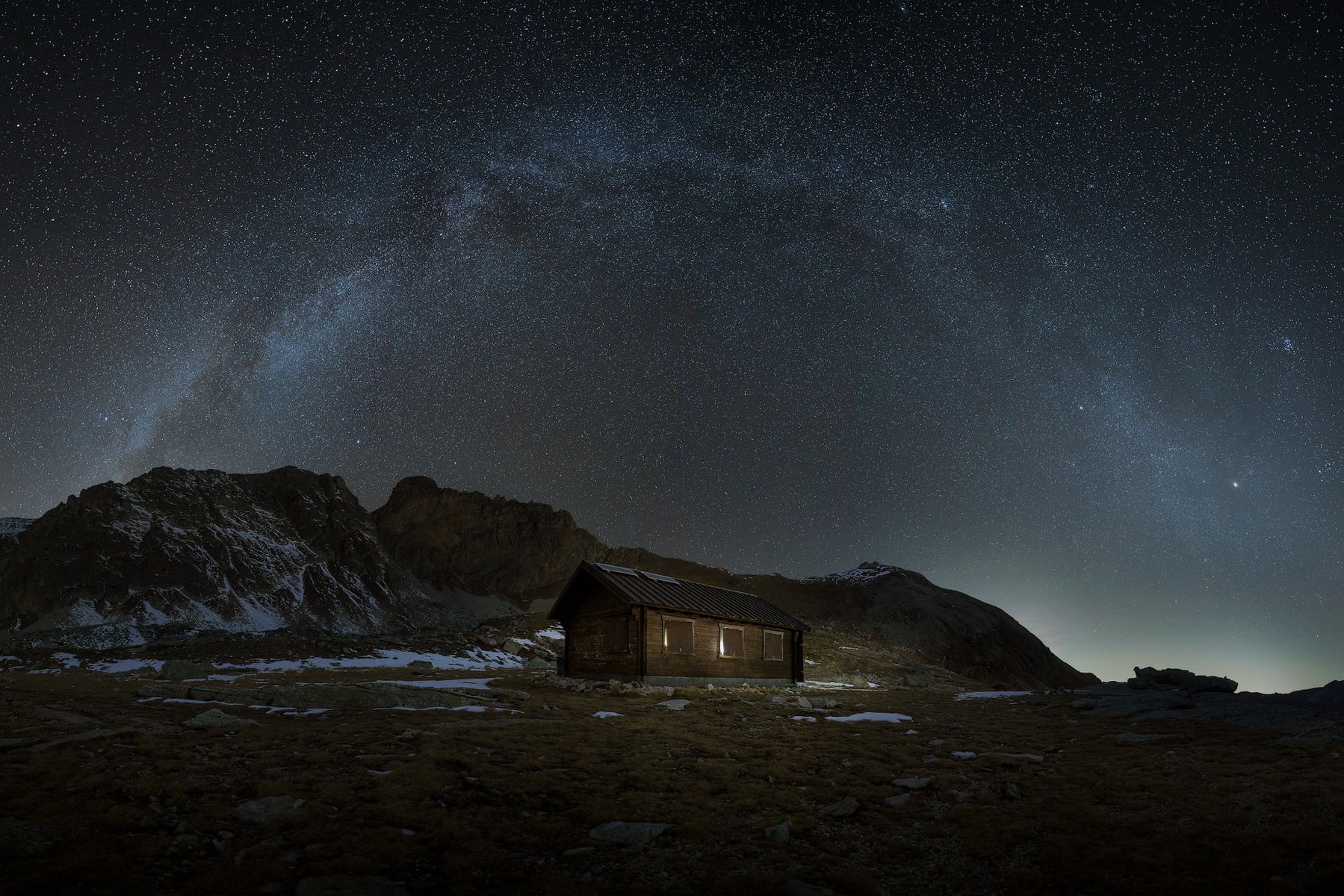Daniele Boffelli (@danieleboffelli) is a 30-year-old professional photographer who got started a decade ago when he began to travel and see the world. "From travel photography I gradually switched to landscape photography until I became a professional," he says. "Nowadays I still do landscape and travel photography, mostly for personal projects, while I work in various fields such as photography and editing classes, weddings and other commercial projects.” Boffelli loves to camp outside in the mountains, so the size and weight of his gear is something he says is important. “That’s why I gradually switched from reflex to mirrorless,” he explains. “I chose Sony from all the other brands because I recognize it as the most innovative and with the largest lens choice. As a professional photographer, it's critical that my gear is the best of the best, as I need to rely on it for my income – and I’ve found that nothing is better than Sony. As I do a lot of different types of work, I need a lot of gear. It’s important that I am able to select the right kit for the right circumstance.” Boffelli gives us a look at his full kit of Sony Alpha cameras, Sony lenses and the essential accessories he uses for travel and landscape photography and more.
Product Preview – In This Article You'll Find:
–Sony Alpha 7R IV
–Sony Alpha 7 III
–Sony 14mm f/1.8 G Master
–Sony 24mm f/1.4 G Master
–Sony 50mm f/1.8
–Sony 24-105mm f/4 G
–Sony 100-400mm f/4.5-5.6 G Master
–Sony 24-70mm f/2.8 G Master II
–Sony 70-200mm f/2.8 G Master II
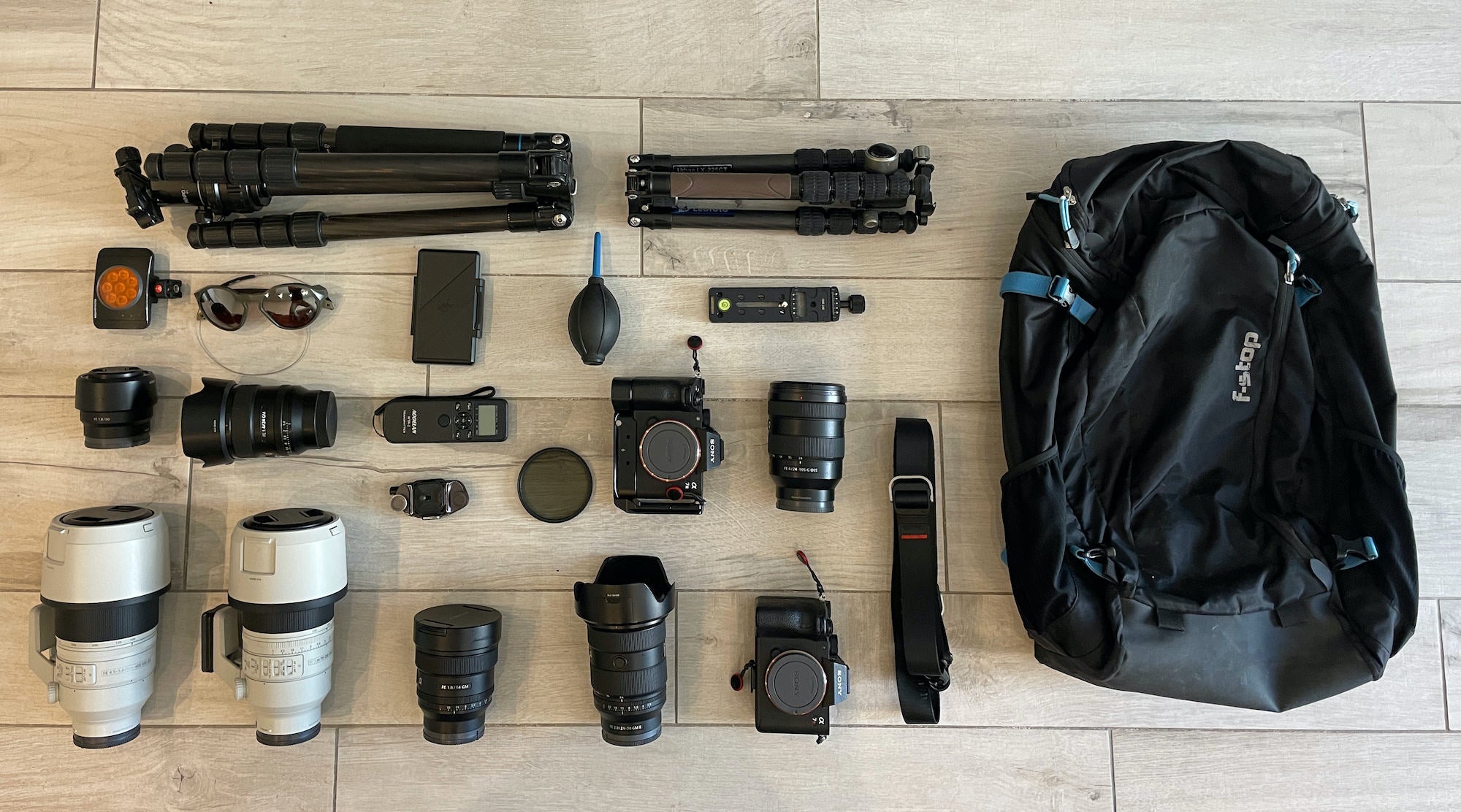
Cameras
Sony Alpha 7R IV: This camera is my choice when I shoot landscapes, commercials or when I travel. This is because it gives me the maximum resolution possible, allowing me to print bigger and better. Also it gives me the possibility to extend my focal length: let me explain that. Due to the very high resolution sensor I can heavily crop a photo from a Full Frame size to an APS-C size without compromising quality. I set a button on the camera to do that, for example, if I use a 24mm f/1.4 I can switch to a 35mm f/1.4 (36mm to be precise) in a fraction of a second. And that applies not only to prime lenses but also to zoom lenses. For example when I use the 100-400mm I can switch to a 600mm in APS-C mode. Someone could say that you can crop later in post production but I really prefer to focus on the composition right on camera, so I usually go with the APS-C mode directly.

Photo by Daniele Boffelli. Sony Alpha 7R IV. Sony 100-400mm f/4.5-5.6 G Master. 1/4000-sec., f/5.6, ISO 1250
Sony Alpha 7 III: This was the first Sony body I purchased. I bought that camera as a second body (the main body was a reflex) to understand if I could switch to mirrorless and work easily with it. When I was fully convinced, I sold my reflex and bought the Sony Alpha 7R IV. I love those two cameras because they have different specs that allow me to work in different situations. The Sony Alpha 7 III is my choice when I am working in low light and I’ll need to use a high ISO. Also when I have work that requires a lot of photographs at a standard resolution, such as weddings or events.
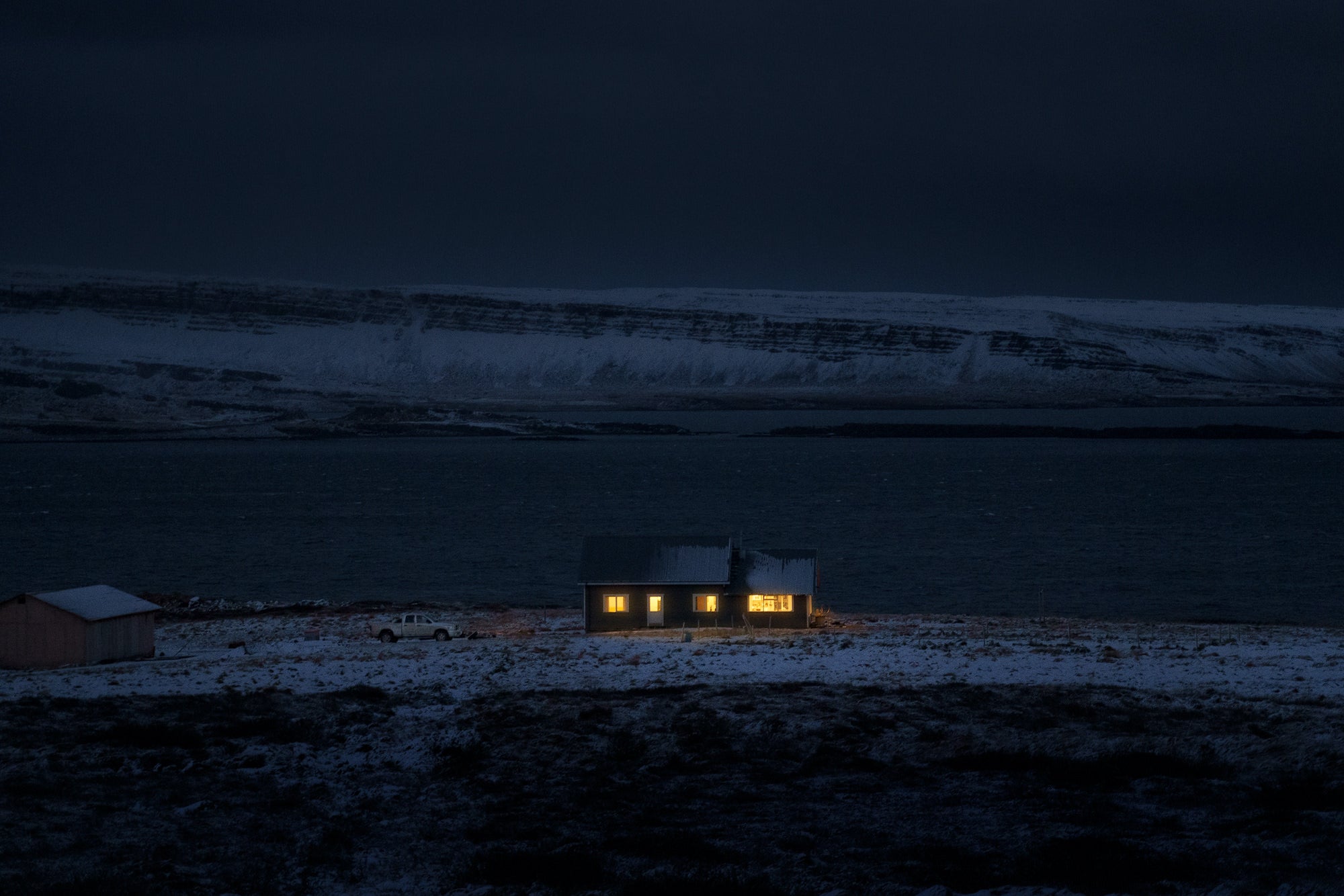
Photo by Daniele Boffelli. Sony Alpha 7 III. Sony 24-105mm f/4 G. 1/25-sec., f/4, ISO 5000
Lenses
Sony 14mm f/1.8 G Master, Sony 24mm f/1.4 G Master and Sony 50mm f/1.8: I love shooting with prime lenses. I use them primarily when I shoot in low light conditions: nightscapes, street and travel photography and indoor weddings. I love how small and light they are compared to what I used before with reflex cameras. Also they are so precise with the autofocus and they produce such sharp images. If I had the choice, I would only ever use prime lenses. But obviously in some situations I just can’t shoot with them, so I use some zoom lenses as well.

Photo by Daniele Boffelli. Sony Alpha 7R IV. Sony 14mm f/1.8 G Master. 1/125-sec., f/11, ISO 100
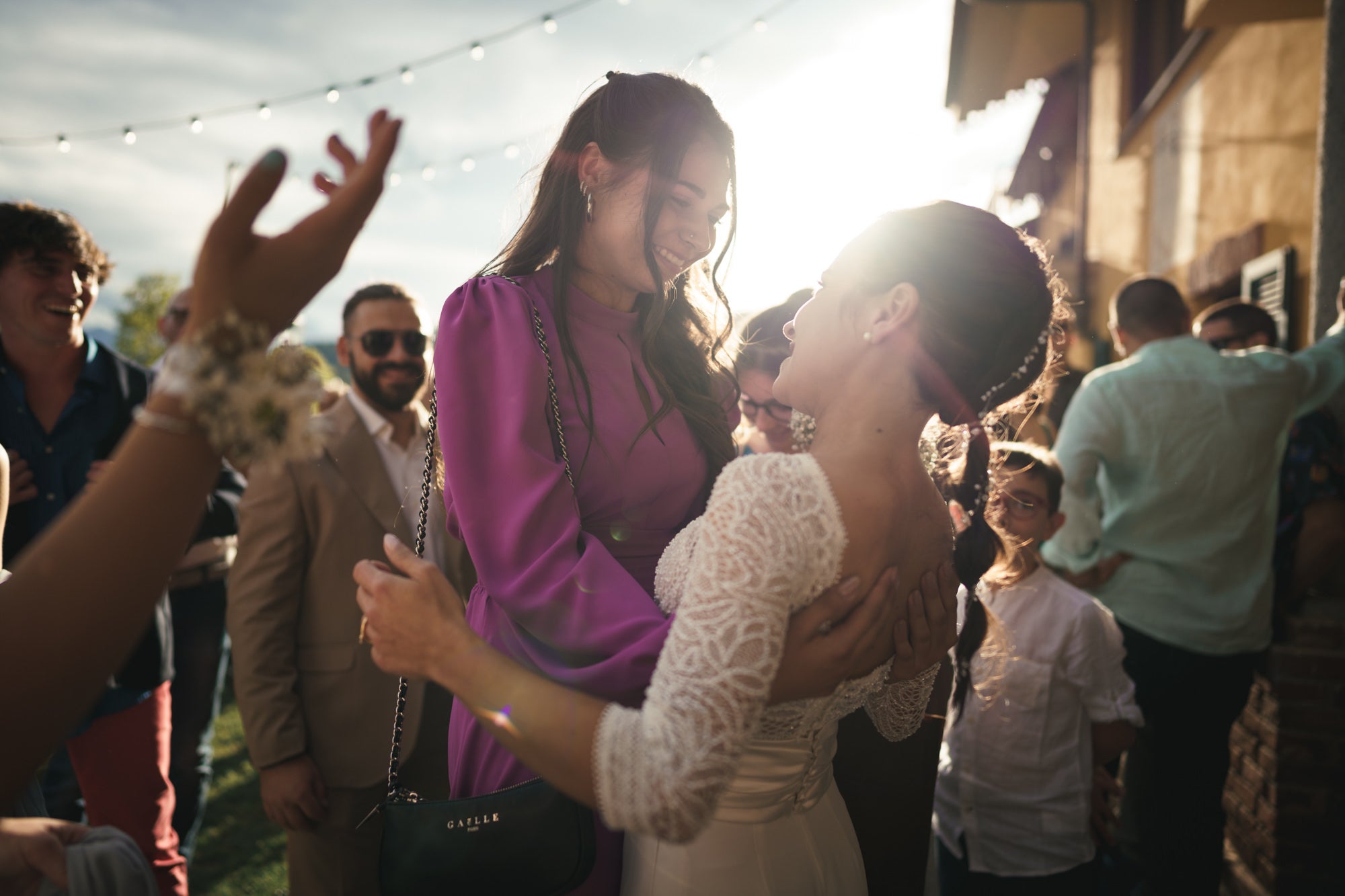
Photo by Daniele Boffelli. Sony Alpha 7R IV. Sony 24mm f/1.4 G Master. 1/2500-sec., f/1.4, ISO 100
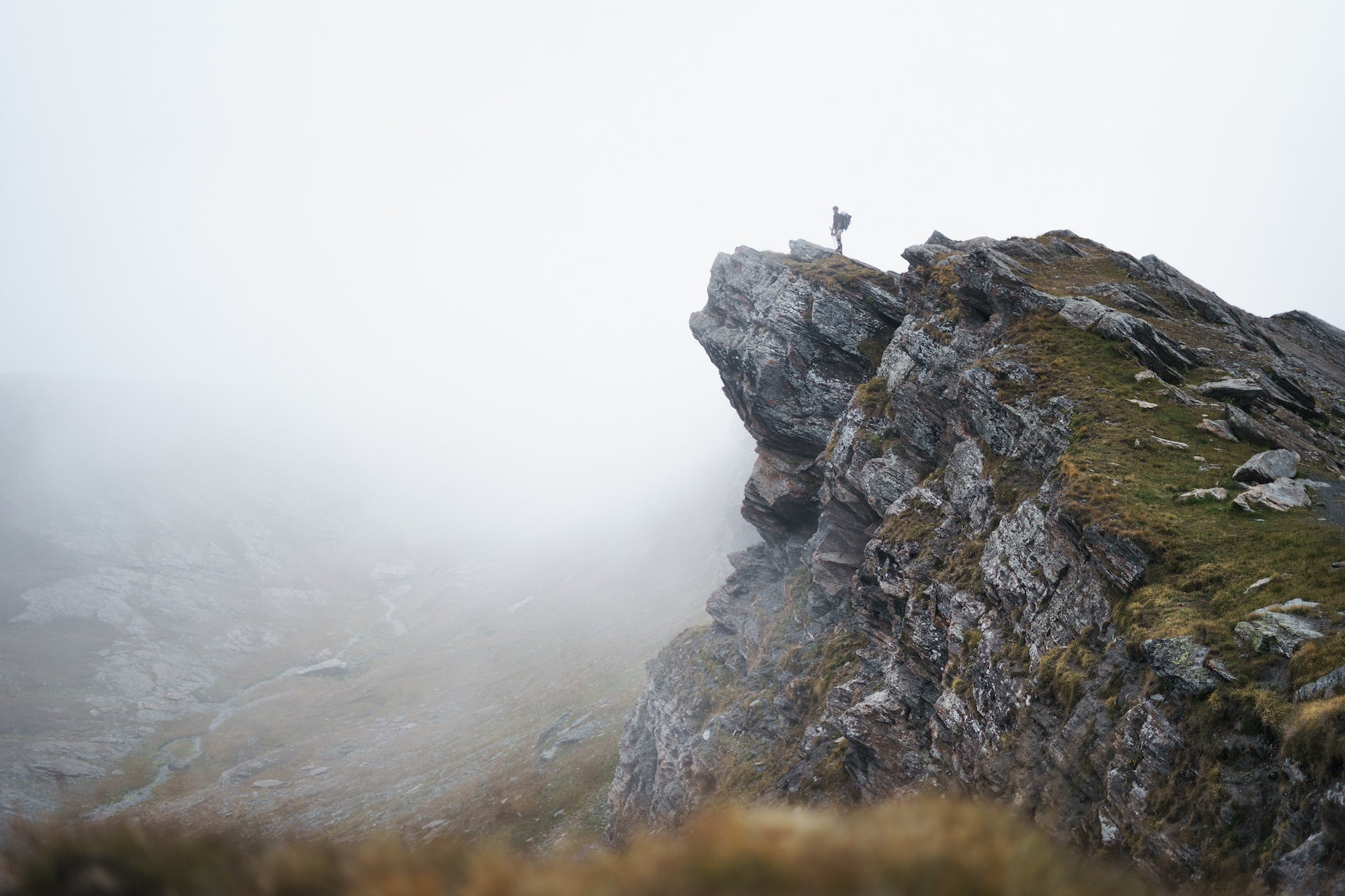
Photo by Daniele Boffelli. Sony Alpha 7 III. Sony 50mm f/1.8. 1/3200-sec., f/1.8, ISO 100
Sony 24-105mm f/4 G: This is the first Sony lens I ever bought. Even though I own the Sony 24-70mm f/2.8 G Master II I think I would still use the Sony 24-105mm f/4 G when I want to be lighter and more versatile (mountain trekkings) or I don’t need the 2.8 aperture. I prefer to keep the Sony 24-70mm f/2.8 G Master II safe at home and use it when I really need it.

Photo by Daniele Boffelli. Sony Alpha 7R IV. Sony 24-105mm f/4 G. 5-sec., f/4, ISO 100
Sony 100-400mm f/4.5-5.6 G Master: This lens is fantastic for landscape photography as you can focus on textures, mountain layers, or faraway subjects. It’s also relatively small and light. If I’m going trekking, my must-have lenses are the Sony 24-105mm f/4 G and the Sony 100-400mm f/4.5-5.6 G Master.
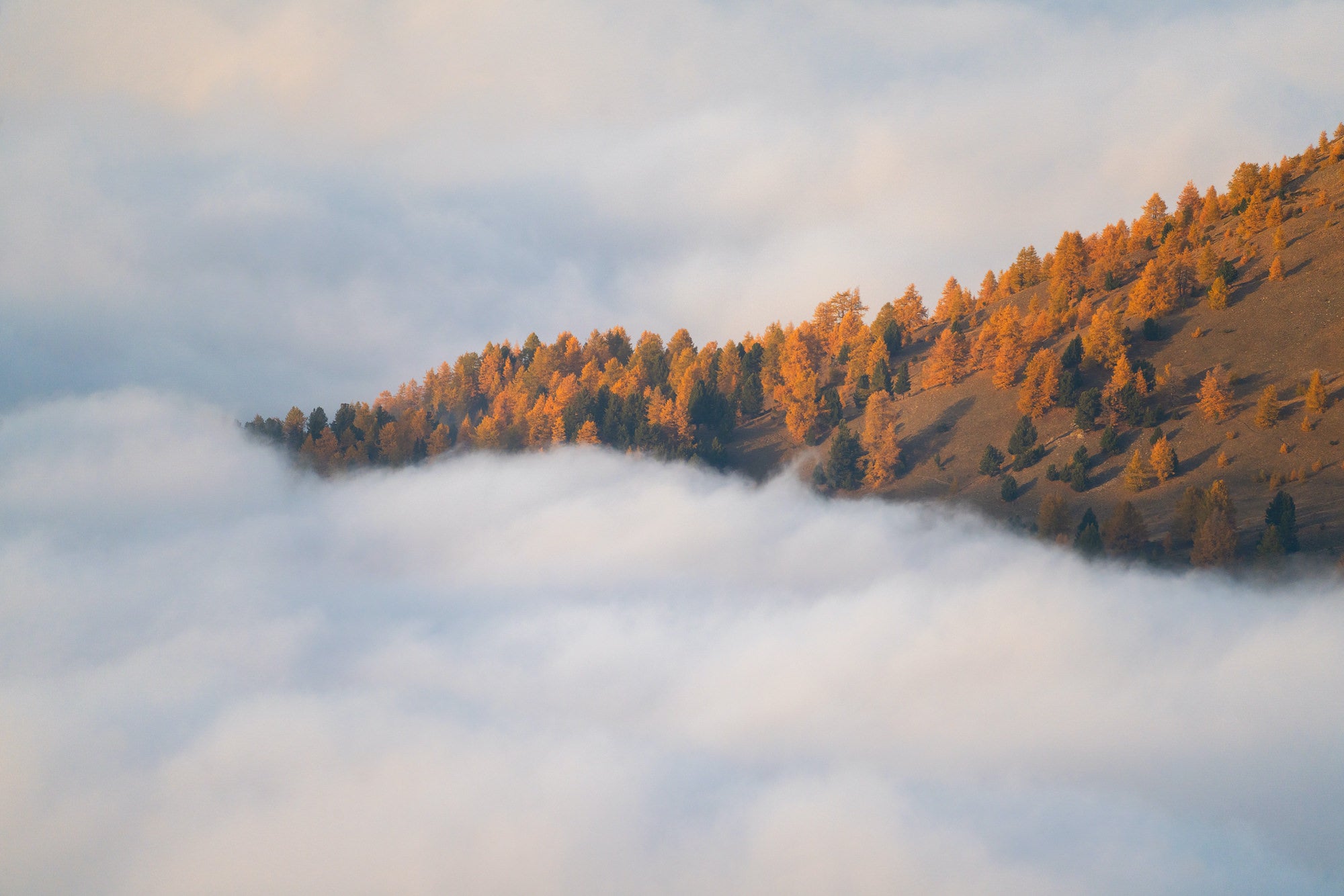
Photo by Daniele Boffelli. Sony Alpha 7R IV. Sony 100-400mm f/4.5-5.6 G Master. 1/250-sec., f/9, ISO 640
Sony 24-70mm f/2.8 G Master II and Sony 70-200mm f/2.8 G Master II: These are both real gems. They both have excellent quality and autofocus capabilities, making them the most reliable pieces of equipment when you work in dynamic fields. Also they’re relatively small and light compared to other brands. If I’m shooting a wedding or commercial, I rely on the Sony 24-70mm f/2.8 G Master II and the Sony 70-200mm f/2.8 G Master II. And then, I use my prime lenses whenever I can or when I have extra space in my bag.
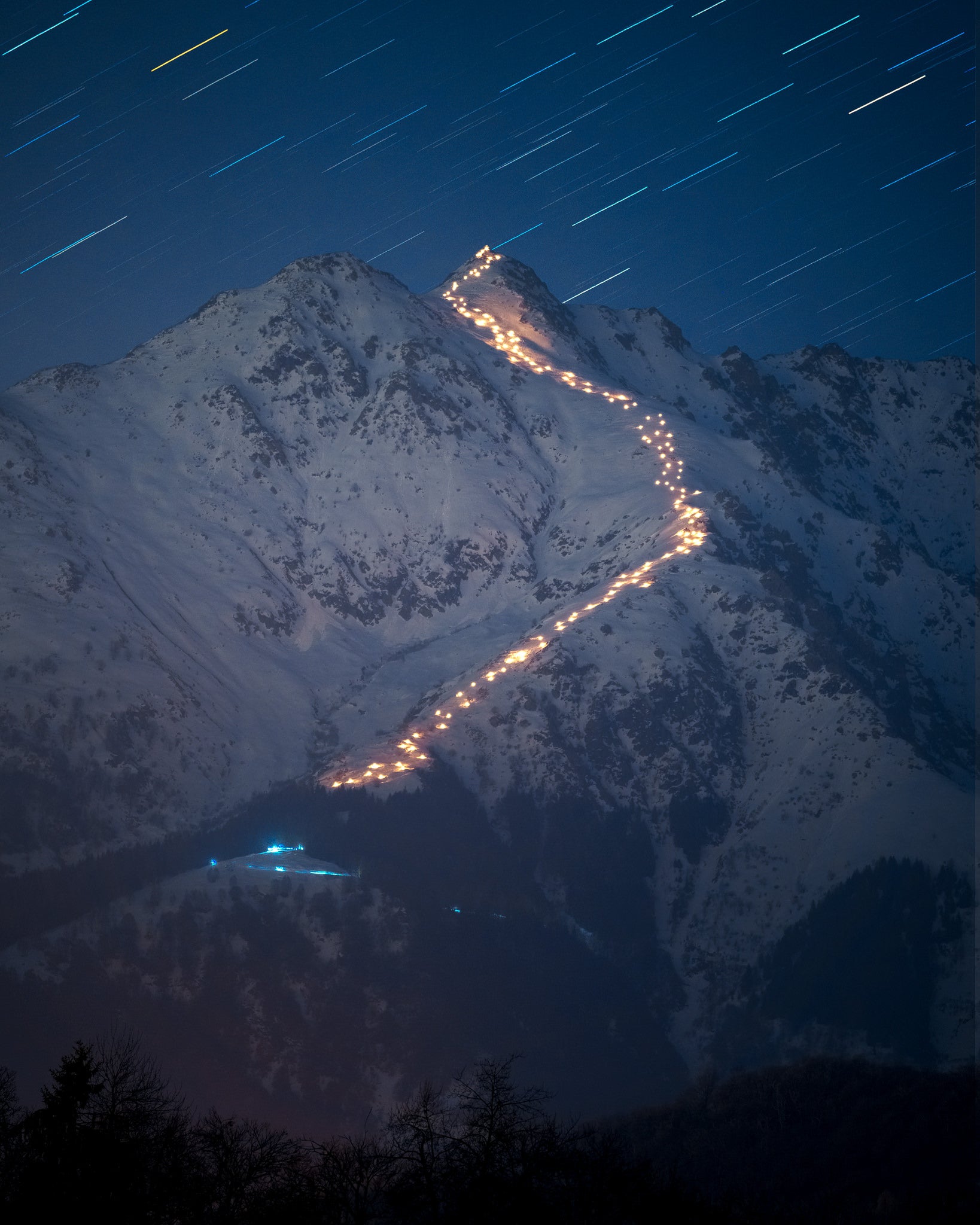
Photo by Daniele Boffelli. Sony Alpha 7R IV. Sony 70-200mm f/2.8 G Master II. 20-sec., f/2.8, ISO 4000
Accessories
I also have accessories I can’t go out without.
F-Stop Loka: Where I put all my gear most of the time, as it’s very capable and ultra light but I also have bigger backpacks when I camp outside.
L Brackets: Plates for switching from horizontal to vertical in a second.
Aodelan Remote Trigger: To be able to set the exposure time like I want, to program multiple shots or even to place myself into the frame and shoot remotely.
SD Card Holder: To safely bring multiple SD cards with me, especially when I have some big jobs where I need to take a lot of photos.

Photo by Daniele Boffelli. Sony Alpha 7 III. Sony 14mm f/1.8 G Master. 30-sec., f/1.8, ISO 3200
Peak Design Leash: A game changer when you need to remove it fast on tripods.
Peak Design Capture V3: I also use this to hold the camera on the shoulder strap when I walk a lot and the weight on the neck would be too much, particularly during my mountain hikes.
Sunglasses: A special shout-out to my Oakley Clifden sunglasses. Apart from their amazing lens quality they have an integrated metal necklace so I can rapidly remove the glasses for shooting without even thinking where to put them and maybe lose them around. They also have removable side covers for glacier and snow usage. When you’re out, surrounded by bright white snow, you absolutely need a solid pair of sunglasses!
Tripods: I use an old Benro Travel Angel as my main tripod, as it’s very stable and reliable. I used it for almost 10 years all around the world. When I want to be as light as possible I use a Leofoto Urban LX-225CT that weights under 1 kilo and it’s super compact: I can put it inside my backpack and no one could notice it.
See more of Daniele Boffelli’s work on Instagram @danieleboffelli.
